(ThyBlackMan.com) There has been several series across the four PlayStation generations that were loads of fun but just ended up “poof!” Gone. The reasons for this vary from the games or the series just not making money, the game being money sink, the developers disbanding—just endless reasons for this. Let’s look at a few that should’ve kept going and should’ve continued. Here are ten PlayStation series and games we should still be playing today.
1. Toshinden (1995, PlayStation)
When Battle Arena Toshinden dropped, Sony made sure everyone knew that it would knock Sega’s Virtua Fighter series from its throne. While fighting games like Street Fighter, Mortal Kombat, Samurai Shodown, and the King of Fighters series were all still rocking the arcades and home consoles, Virtua Fighter came along as the first 3D fighting game and wowed folks.
Note, this was 1990s Sega which was doing everything right when it came to game development. It was console release where they started to slip up. At any rate, once Namco rolled out Tekken on PlayStation and in the arcades, the Toshinden series took a back seat. It happens. However, without it who knows if we would’ve gotten the Soul Edge series.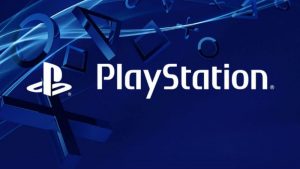
Actually, we probably would’ve because another game on the list used a similar approach. So, the inspiration would’ve been there regardless.
2. Tenchu (1998, PlayStation)
I love the Tenchu series. Metal Gear was a lot folks’ exposure to stealth action games. I did play the first game to come stateside as a kid but I didn’t know what I was doing or was supposed to do. By the time I played Tenchu: Wrath of Heaven on PS2, I was hooked. This was an incredible game that really pushed my love for stealth action and stealth elements in games.
The last game in the series was released on the Wii and PSP in 2009. Needless to say, I was stoked for it but wasn’t blown away. It was solid but we really need to get back to old school, play-with-a-regular-controller Tenchu. No gimmicks or anything.
3. Sly Cooper (2002, PlayStation 2)
I’m selective about platform games. Mario is my go-to and it can do no wrong unless Mario is on a surfboard going back in time or some nonsense. Sly Cooper is a series that I enjoyed on PlayStation 2. I mean, Spyro had floated over from the PlayStation period and Spyro was the man but Sly Cooper was just dope. This game was smooth, the art style mixed cartoonish characters and locales with some serious adventure.
The last time we got a Sly Cooper was in 2013 on the PlayStation 3. I mean, at least it was the last generation but we’re a few years overdue for a new adventure with this master thief.
4. EverQuest Online Adventures (2003, PlayStation 2)
EverQuest Online Adventures was truly a thing on PlayStation 2. This was really the only reason you needed to get the online adapter. I mean, yeah you could play Unreal Tournament’s weird…port. I don’t know what that was with UT on PlayStation 2. Anyway, you could play that or get updated roster to games but the real thing was making a character, choosing their class, leveling up, raiding dungeons, and getting into guild drama.
EQOA was hours upon hours of fun. It dominated my weekend, my time after school, the phone line after 10PM. It was just a true marvel of a game and Sony’s just dragging its feet on releasing a new EverQuest for consoles. As it stands, Neverwinter is the closest you’d get to EQOA if you own a PlayStation 4.
5. Bushido Blade (1997, PlayStation)
Bushido Blade is my favorite fighting game. On one hand, you didn’t need to be great or remember combos to win fights. However, you had to be quick and strike true. This was the first fighting game to feature bleed damage and incapacitating your opponent’s limbs.
Meaning, if you struck their leg with your sword two things were likely to happen. One, their movement would be slowed, the player you were against would likely panic and try to beat you as quickly as possible because their fighter would end up bleeding out. While it wasn’t the first 3D weapons-based fighter and it wasn’t the best, it was groundbreaking due to being more realistic.
I long for the day that Square Enix announces Bushido Blade is returning at an E3.
6. Brutal Legend (2009, PlayStation 3)
Disclaimer: I’m big metalhead and Brutal Legend brought the widest of smiles to my face. One, we got the voice of Jack Black as the lead character, my favorite lead singer Rob Halford, Ozzy, Lemmy, Lita Ford and others have vocal roles in this.
Two, Tim Schafer, the creator of Psychonauts, Grim Fandango, and Full Throttle was behind this game. Third, this game had so many metal references to it and the soundtrack fit wonderfully. Finally, the gameplay in this was really good and required you to do more than just slash up your enemies—something I would’ve been totally fine with!
So, yes, I love this game and I’m glad that there’s a high chance of a sequel. Brutal Legend totally deserves one.
7. The Order: 1886 (2015, PlayStation 4)
When I played The Order: 1886 I found myself more in love with the story and graphics than the gameplay. The gameplay itself was solid. Nothing industry changing, complex, or that left an impression. I will say the battles were fun, especially the boss battles but you didn’t require too much strategy for them and that’s something people kind of expect in action games now.
The Order was way too short and I was disappointed when I heard that it was rushed to complete and that there probably wouldn’t be a sequel. It’s sad since the game’s ending really requires a sequel to continue the story. Like, you basically played a game that ended on a cliffhanger. What?
8. Kingdoms of Amalur (2012, PlayStation 3)
This game got some press for Rhode Island’s involvement in financing the game and for the aftermath of it failing to sell much to warrant its budget. That said, the game was fun, the art style was wonderful, the graphics were standard for the time, and the music was great. Now, it could have issues with gameplay but it was simple enough in execution that I just played through them and barely noticed.
This wasn’t a game that was going to redefine RPGs but it was a great title. It was really open to a sequel but things didn’t pan out that way for the longest. With THQ Nordic buying the franchise, we could see a sequel in the near future.
9. Kengo (2000, PlayStation 2)
So, if we can’t get Bushido Blade, I’ll gladly take Kengo. It’s considered a successor to Bushido Blade since the combat is more realistic and is based primarily on sword fighting. However, this isn’t slash-slash-combo-special move sword fighting that you see in most fighting games. Timing and the right stance or technique for your opponent are key. If you run in thinking you’re going to strong arm a particular opponent, you could get knocked out in a sword stroke.
Kengo is just that serious. I also liked the training aspect of the game where you travelled from school to school to learn techniques, entered tournaments and exhibitions, and collected the swords of opponents. I’d love an unarmed fighting game like this that isn’t straight up MMA.
10. The Desperate City (2002, PlayStation 2)
Oh yes, The Desperate City and The Desperate City 2—known as Disaster Report and Raw Danger! over here—were these really well-done disaster/survival games from the PS2 era. I first discovered the series via Raw Danger! and found it to be truly unique compared to other games out at the time.
On PS2, there were no other games like it and honestly, no survival games. These sorts of games are a crawl but rewarding for you figuring out a way out of things. Now, I can understand why it didn’t take off and why the series was ended but with today’s advances in storytelling, graphics, and gameplay mechanics plus games featuring more survival and crafting elements in them, The Desperate City series would be at home.
Staff Writer; M. Swift
This talented writer is also a podcast host, and comic book fan who loves all things old school. One may also find him on Twitter at; metalswift.











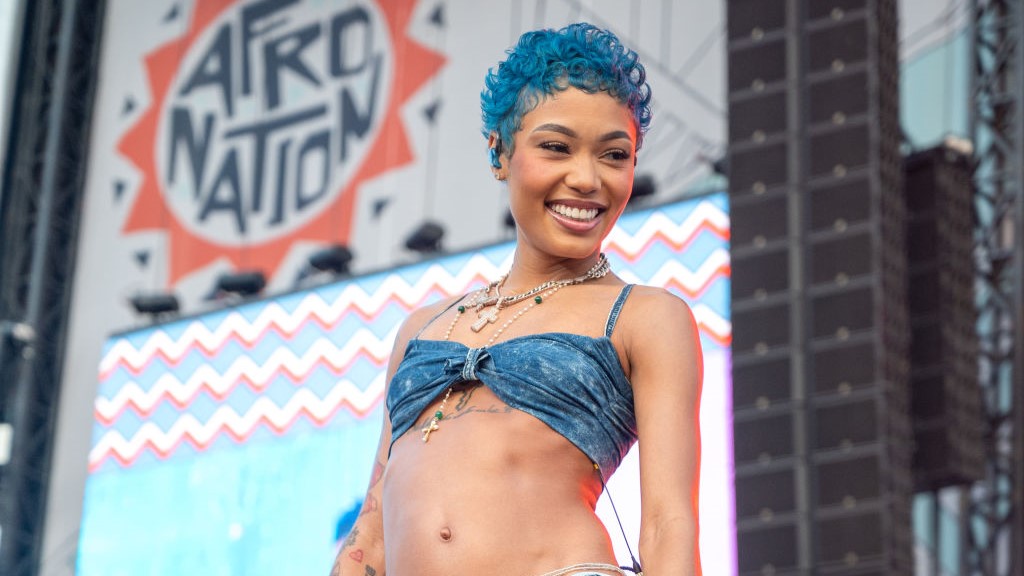
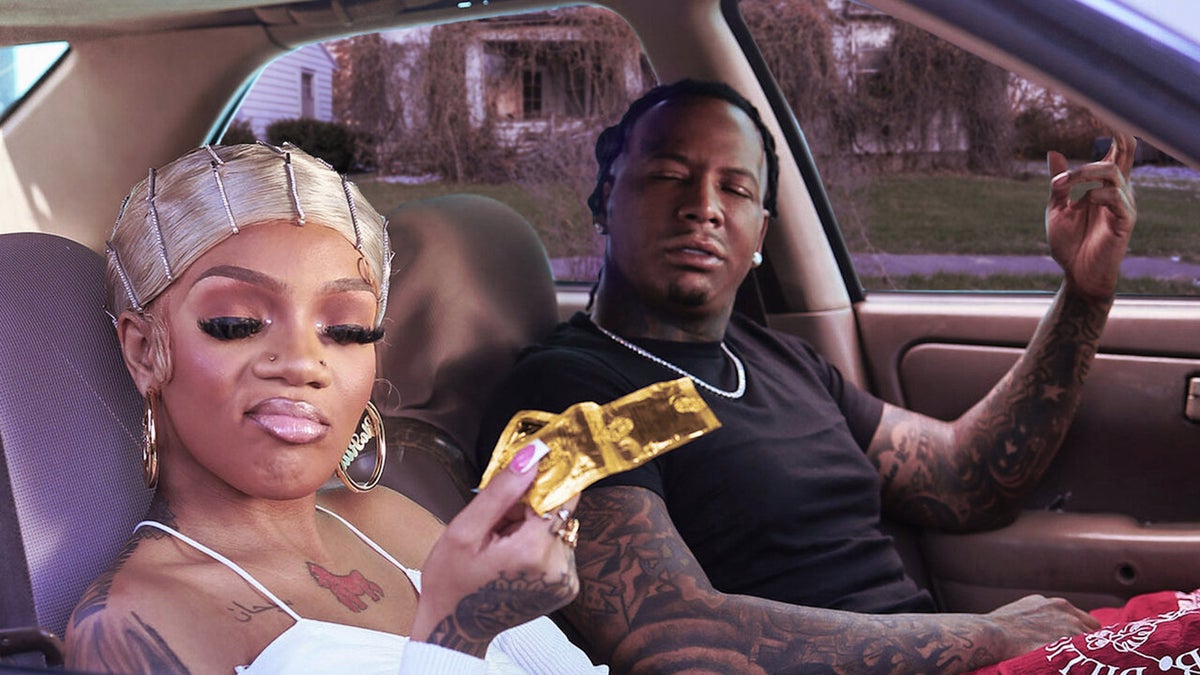
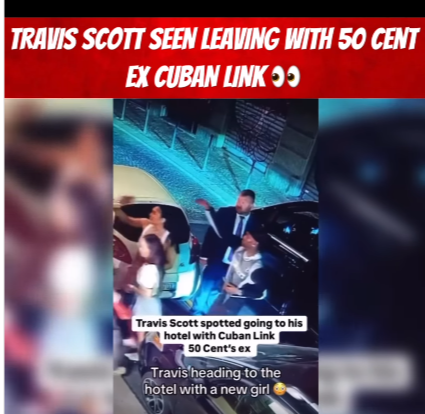
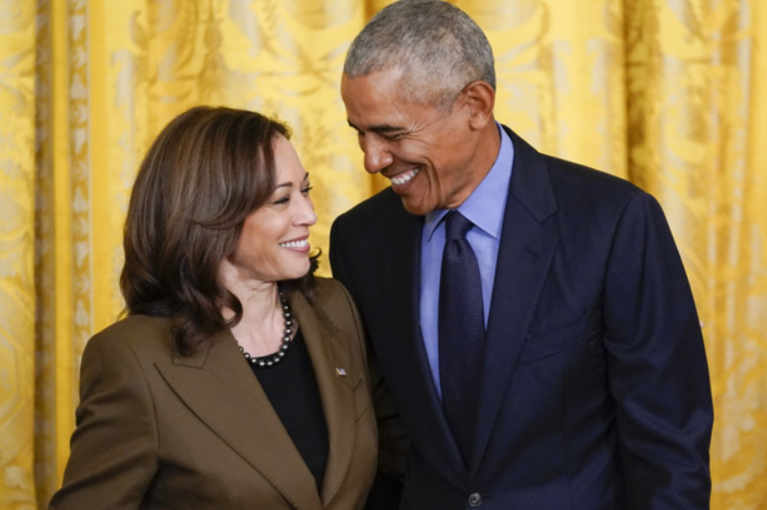
Leave a Reply